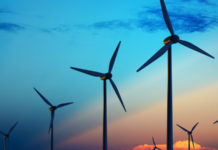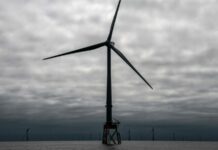
[miningmx.com] — LARGE energy consumers will in the coming months
be holding in-depth talks with power utility Eskom to negotiate smaller tariff hikes
than the 14.6% annual increases proposed by the power utility for the next five
years.
Eskom’s proposals were leaked on Friday when news agency Reuters obtained a
confidential document, but they were also made known to members of the group of
intensive energy consumers earlier last week.
The energy giant wishes to introduce tariff increases of between 14.6% and 19%
per year in the next five years from April 2013 to the end of March 2018.
Eskom will submit the proposals to the National Energy Regulator (Nersa) shortly
when it applies for a multi-year pricing determination. The proposals have already
been submitted to the National Treasury and the South African Local Government
Association (Salga).
Eskom’s proposals would see its average electricity tariff rising from the current
60,66c per kilowatt-hour in the year to end-March 2013 to at least 118.82c/kWh in
the year to end-March 2018 – an increase of at least approximately 96% over the
next five years.
Shaun Nel, director of BDO Consulting and spokesman for the group of intensive
energy consumers, including various mining firms, had the opportunity of seeing the
proposals last week.
Nel said the intensive energy consumers proposed an alternative price track to
Eskom. “What this amounts to is an average tariff of between 80c/kWh and 90c/kWh
by 2020,’ he said.
It’s in the country’s interest for Eskom to be financially sustainable and for electricity
tariffs to reflect the cost of supplying electricity, he said. “The great source of
concern, however, is the effect that the proposed increases will have on the demand
for electricity,’ Nel said on Sunday.
He pointed out that growth in the demand for electricity was only 0.2% in the year
to end-March. In 2011 it was 2.9%, and in 2010 1.6%.
This meant that the tariff increases of 25% in 2010 and 2011 and 16% in the year
to end-March 2012 have already resulted in the demand for electricity starting to
fall – a phenomenon that has extremely serious consequences for the future.
“We are approaching the point where we are trying to keep Eskom sustainable with
tariff increases, but the more it increases its tariffs, the more the demand is falling
and the less sustainable Eskom is becoming,’ Nel said. “Five years ago, electricity
was 10% of the input cost for electricity-intensive consumers. Today it is between
30% and 40%.
“The profit margins of these industrial consumers have fallen considerably. This has
very important implications for economic growth and job creation,’ Nel said.
The group representing Eskom’s biggest clients will be meeting the electricity
producer in the weeks and months ahead for serious talks to develop alternative
price models. “If we had had confidence in the regulator, these talks would have
been unnecessary,’ Nel said.
– Sake24











